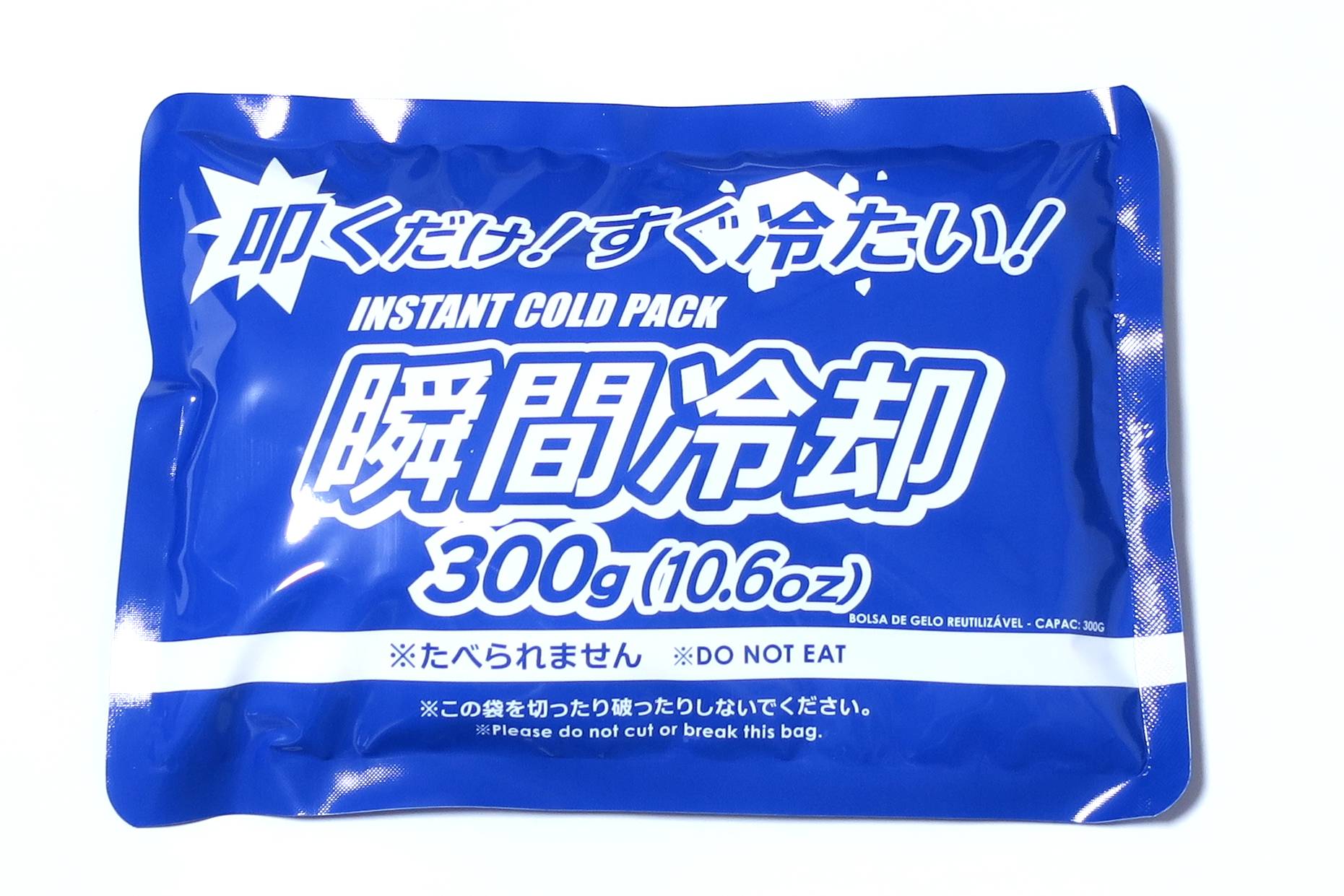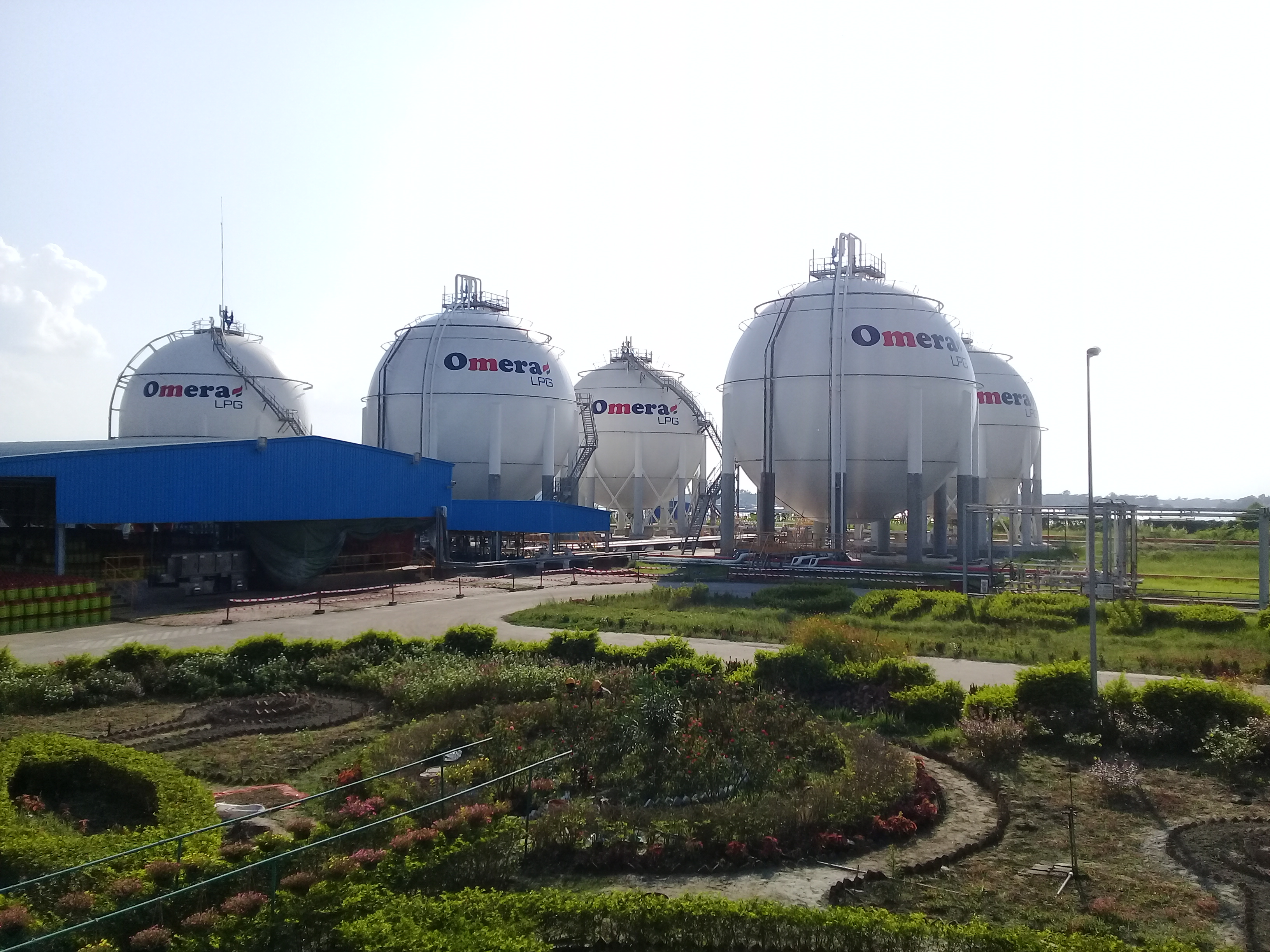|
Vapocoolant
Freeze spray (cold spray or vapocoolant) is a type of aerosol spray product containing a liquified gas used for rapidly cooling surfaces, in medical and industrial applications. It is usually sold in hand-held spray cans. It may consist of various substances, which produce different temperatures, depending on the application. Some of them are highly flammable. Several other types of compressed gas sprays also have a freezing effect: for example, tetrafluoroethane, gas dusters, liquid nitrogen, and carbon dioxide fire extinguishers. Applications Industrial For spot-cooling of electronic components during troubleshooting, dimethyl ether or tetrafluoroethane may be used. Freeze sprays are also used to contract metal for assembly or disassembly of interference fit parts. The extreme temperature can cause viscoelastic materials to change to glass phase. Thus it is useful for removing many types of pressure sensitive adhesives. Medical In medical applications, spray cans con ... [...More Info...] [...Related Items...] OR: [Wikipedia] [Google] [Baidu] |
1,1,1,2-Tetrafluoroethane
1,1,1,2-Tetrafluoroethane (also known as norflurane ( INN), R-134a, Klea 134a, Freon 134a, Forane 134a, Genetron 134a, Green Gas, Florasol 134a, Suva 134a, HFA-134a, or HFC-134a) is a hydrofluorocarbon (HFC) and haloalkane refrigerant with thermodynamic properties similar to R-12 (dichlorodifluoromethane) but with insignificant ozone depletion potential and a lower 100-year global warming potential (1,430, compared to R-12's GWP of 10,900). It has the formula CFCHF and a boiling point of −26.3 °C (−15.34 °F) at atmospheric pressure. R-134a cylinders are colored light blue. A phaseout and transition to HFO-1234yf and other refrigerants, with GWPs similar to CO2, began in 2012 within the automotive market. Uses 1,1,1,2-Tetrafluoroethane is a non-flammable gas used primarily as a "high-temperature" refrigerant for domestic refrigeration and automobile air conditioners. These devices began using 1,1,1,2-tetrafluoroethane in the early 1990s as a replaceme ... [...More Info...] [...Related Items...] OR: [Wikipedia] [Google] [Baidu] |
Sealed Air Corp
SEE, legally the Sealed Air Corporation, is a packaging company known for its brands: Cryovac food packaging and Bubble Wrap cushioning packaging. With over $5.5+ billion in revenues in 2023, it is headquartered in Charlotte, North Carolina, United States, led by Chief Operating Officer Emile Chammas, President, Dustin Semach, and CEO Patrick Kivits. History In 1957, American engineer Alfred W. Fielding and Swiss inventor Marc Chavannes sought to invent plastic wallpaper with a paper backing. While the wallpaper failed, Fielding and Chavannes realized that their invention could be a packing material. Sealed Air was founded in 1960 based on this invention of Bubble Wrap. The same year, Sealed Air raised $85,000 () in its initial public offering. Fielding was executive vice president and a director of Sealed Air until his retirement in 1987, while Chavannes worked mostly as a consultant. Shortly after a 1998 business restructuring of the global conglomerate W.R. Grace Company-Con ... [...More Info...] [...Related Items...] OR: [Wikipedia] [Google] [Baidu] |
Cryostat
A cryostat (from ''cryo'' meaning cold and ''stat'' meaning stable) is a device used to maintain low cryogenic temperatures of samples or devices mounted within the cryostat. Low temperatures may be maintained within a cryostat by using various refrigeration methods, most commonly using cryogenic fluid bath such as liquid helium.Frank Pobell: ''Matter and Methods at Low Temperatures''. 3rd Edition, Springer 2007, Hence it is usually assembled into a vessel, similar in construction to a vacuum flask or Dewar. Cryostats have numerous applications within science, engineering, and medicine. Types Closed-cycle cryostats Closed-cycle cryostats consist of a chamber through which cold helium vapour is pumped. An external mechanical refrigerator extracts the warmer helium exhaust vapour, which is cooled and recycled. Closed-cycle cryostats consume a relatively large amount of electrical power, but need not be refilled with helium and can run continuously for an indefinite perio ... [...More Info...] [...Related Items...] OR: [Wikipedia] [Google] [Baidu] |
Microtome
A microtome (from the Greek ''mikros'', meaning "small", and ''temnein'', meaning "to cut") is a cutting tool used to produce extremely thin slices of material known as ''sections'', with the process being termed microsectioning. Important in science, microtomes are used in microscopy for the microscope slide, preparation of samples for observation under transmitted visible light, light or electron radiation. Microtomes use steel, glass or diamond blades depending upon the specimen being sliced and the desired thickness of the sections being cut. Steel blades are used to prepare histological sections of animal or plant tissues for light microscopy. Glass knives are used to slice sections for light microscopy and to slice very thin sections for electron microscopy. Industrial grade diamond knives are used to slice hard materials such as bone, teeth and tough plant matter for both light microscopy and for electron microscopy. Gem-quality diamond knife, diamond knives are also used ... [...More Info...] [...Related Items...] OR: [Wikipedia] [Google] [Baidu] |
Ice Pack
An ice pack or gel pack is a portable bag filled with water, refrigerant gel, or liquid, meant to provide cooling. They can be divided into the reusable type, which works as a thermal mass and requires freezing, or the instant type, which cools itself down using chemicals but can only be used once. The instant type is generally limited to medical use as a cold compress to alleviate the pain of minor injuries, while the reusable type is both used as a cold compress and to keep food cool in portable coolers or in insulated shipping containers to keep products cool during transport. Reusable packs To be prepared for use, the pack is first placed in a freezer. Both ice and other non-toxic refrigerants (mostly water) can absorb a considerable amount of heat before they warm above .` Ice packs are used in coolers to keep perishable foods (especially meats, dairy products, eggs, etc.) below the Danger zone (food safety), danger zone when outside a refrigerator or freezer, and ... [...More Info...] [...Related Items...] OR: [Wikipedia] [Google] [Baidu] |
Chloroethane
Chloroethane, commonly known as ethyl chloride, is a chemical compound with chemical formula CH3CH2Cl, once widely used in producing tetraethyllead, a gasoline additive. It is a colorless, flammable gas or refrigerated liquid with a faintly sweet odor. Ethyl chloride was first synthesized by Basil Valentine by reacting ethanol and hydrochloric acid in 1440. Glauber made it in 1648 by reacting ethanol and zinc chloride. Production Chloroethane is produced by hydrochlorination of ethylene: :C2H4 + HCl → C2H5Cl At various times in the past, chloroethane has also been produced from ethanol and hydrochloric acid, from ethane and chlorine, or from ethanol and phosphorus trichloride, but these routes are no longer economical. Some chloroethane is generated as a byproduct of polyvinyl chloride production. Uses Chloroethane is an inexpensive ethylating agent. It reacts with aluminium metal to give ethylaluminium sesquichloride, a precursor to polymers and other useful organoalumini ... [...More Info...] [...Related Items...] OR: [Wikipedia] [Google] [Baidu] |
Ticks
Ticks are parasitic arachnids of the order Ixodida. They are part of the mite superorder Parasitiformes. Adult ticks are approximately 3 to 5 mm in length depending on age, sex, and species, but can become larger when engorged. Ticks are external parasites, living by feeding on the blood of mammals, birds, and sometimes reptiles and amphibians. The timing of the origin of ticks is uncertain, though the oldest known tick fossils are around 100 million years old, and come from the Cretaceous period. Ticks are widely distributed around the world, especially in warm, humid climates. Ticks belong to two major families: the Ixodidae, or hard ticks, and the Argasidae, or soft ticks. '' Nuttalliella'', a genus of tick from southern Africa, is the only member of the family Nuttalliellidae, and represents the most primitive living lineage of ticks. Adults have ovoid/pear-shaped bodies (idiosomas) which become engorged with blood when they feed, and eight legs. Their cephalothor ... [...More Info...] [...Related Items...] OR: [Wikipedia] [Google] [Baidu] |
Frostbite
Frostbite is a skin injury that occurs when someone is exposed to extremely low temperatures, causing the freezing of the skin or other tissues, commonly affecting the fingers, toes, nose, ears, cheeks and chin areas. Most often, frostbite occurs in the hands and feet. The initial symptoms are typically a feeling of cold and tingling or numbing. This may be followed by clumsiness with a white or bluish color to the skin. Swelling or blistering may occur following treatment. Complications may include hypothermia or compartment syndrome. People who are exposed to low temperatures for prolonged periods, such as winter sports enthusiasts, military personnel, and homeless individuals, are at greatest risk. Other risk factors include drinking alcohol, smoking, mental health problems, certain medications, and prior injuries due to cold. The underlying mechanism involves injury from ice crystals and blood clots in small blood vessels following thawing. Diagnosis is based on sympt ... [...More Info...] [...Related Items...] OR: [Wikipedia] [Google] [Baidu] |
Topical Anesthetic
A topical anesthetic is a local anesthetic that is used to numb the surface of a body part. They can be used to numb any area of the skin as well as the front of the eyeball, the inside of the nose, ear or throat, the anus and the genital area. Topical anesthetics are available in creams, ointments, aerosols, sprays, lotions, and jellies. Examples include benzocaine, butamben, dibucaine, lidocaine, oxybuprocaine, pramoxine, proxymetacaine (proparacaine), and tetracaine (also named amethocaine). Usage Topical anesthetics are used to relieve pain and itching caused by conditions such as sunburn or other minor burns, insect bites or stings, poison ivy, poison oak, poison sumac, and minor cuts and scratches. Topical anesthetics are used in ophthalmology and optometry to numb the surface of the eye (the outermost layers of the cornea and conjunctiva) to: * Perform a contact/applanation tonometry. * Perform a Schirmer's test (The Schirmer's test is sometimes used with a ... [...More Info...] [...Related Items...] OR: [Wikipedia] [Google] [Baidu] |
Liquified Petroleum Gas
Liquefied petroleum gas, also referred to as liquid petroleum gas (LPG or LP gas), is a fuel gas which contains a flammable mixture of hydrocarbon gases, specifically propane, ''n''-butane and isobutane. It can also contain some propylene, butylene, and isobutylene/ isobutene. LPG is used as a fuel gas in heating appliances, cooking equipment, and vehicles, and is used as an aerosol propellant and a refrigerant, replacing chlorofluorocarbons in an effort to reduce the damage it causes to the ozone layer. When specifically used as a vehicle fuel, it is often referred to as autogas or just as gas. Varieties of LPG that are bought and sold include mixes that are mostly propane (), mostly butane (), and, most commonly, mixes including both propane and butane. In the northern hemisphere winter, the mixes contain more propane, while in summer, they contain more butane. In the United States, mainly two grades of LPG are sold: commercial propane and HD-5. These specificat ... [...More Info...] [...Related Items...] OR: [Wikipedia] [Google] [Baidu] |
Cryosurgery
Cryosurgery (with ''cryo'' from the Ancient Greek ) is the use of extreme cold in surgery to destroy abnormal or diseased tissue; thus, it is the surgical application of cryoablation. Cryosurgery has been historically used to treat a number of diseases and disorders, especially a variety of benign and malignant skin conditions. History In 1841, English physician James Arnott described therapeutic applications of extremely cold temperatures, namely a mixture of crushed ice and salt applied locally (to skin or mucous membrane). He theorized his technique was capable of "arresting the accompanying inflammation, and perhaps destroying the vitality of the cancer cell." His works were the first to hypothesize that extreme cold could be used to selectively damage or destroy harmful tissue. Uses Warts, moles, skin tags, solar keratoses, molluscum, Morton's neuroma and small skin cancers are candidates for cryosurgical treatment. Several internal disorders are also treat ... [...More Info...] [...Related Items...] OR: [Wikipedia] [Google] [Baidu] |






